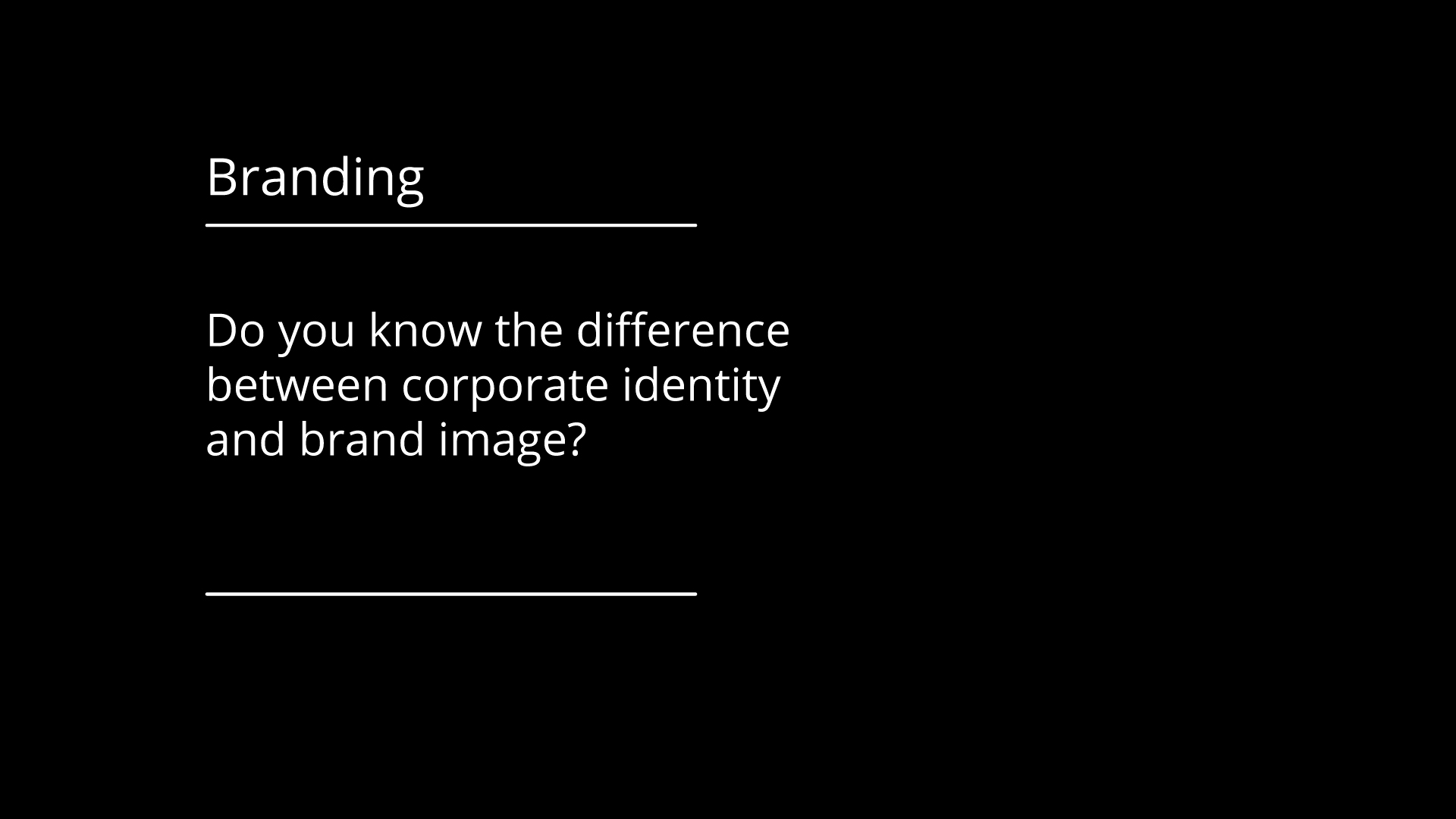
Many people consider these terms synonymous, but they are distinct concepts. Understanding the difference is crucial as it helps businesses define what aspects they can directly influence and which depend on customer perceptions.
Corporate identity is an extensive process involving a set of elements crafted by the company itself, while brand image encompasses subjective aspects rooted in the customer’s experiences and associations.
Let’s dive deeper into these concepts to understand their significance and how they interconnect.
Brand image is the customer’s perception of the brand, formed through what they have seen, heard, or experienced about it.
This process happens more often than we realize. Imagine being told about someone you’ll meet at a party. You’re shown their photo, observe their clothing and attitude, and hear about their actions.
From this, you form an impression or hypothesis about that person. When you meet them, you might confirm or challenge your initial thoughts, refining the image over time through new interactions.
Similarly, brand image is a subjective construction based on the mental associations consumers make about the brand.
Corporate identity is composed of tangible and intangible elements deliberately created by the company. These include:
Corporate identity reflects how the company wants to be perceived and serves as the foundation for shaping brand image.
While businesses cannot completely control what customers think of their brand, they can influence these perceptions through well-crafted corporate identity, behaviors, and communicated values.
Brand image is built around associations and brand personality:
This approach creates differentiation, helping brands stand out. For example, in the smartphone market, a consumer’s choice between an iPhone and a Samsung device often goes beyond functional features. Factors like sophistication, social identity, or emotional connection may influence their decision.
It’s important to note that each consumer’s brand image will vary, as individual experiences and contexts shape their perceptions.
A critical moment for building brand image occurs when consumers interact with the product—either personally or through the experiences of others, such as friends, family, or influencers on social media.
Scott M. Davis (2000) introduced a pyramid model to explain how brand associations develop, which he published in Brand Asset Management (2002):
Brand image is built in the customer’s mind, driven by identification and emotional connection.
While corporate identity and brand image are distinct, they are interconnected. Corporate identity provides the symbolic, physical, and cultural elements representing the brand, while brand image depends on how customers interpret, associate with, and relate to those values.
At Firstrein, we’re ready to help you design your corporate identity, reflecting the values you want to communicate and setting the stage for building a strong brand image.
Contact us today for expert guidance tailored to your business needs!
Firstrein Design Company LLC Ⓒ — All Rights Reserved.
Top